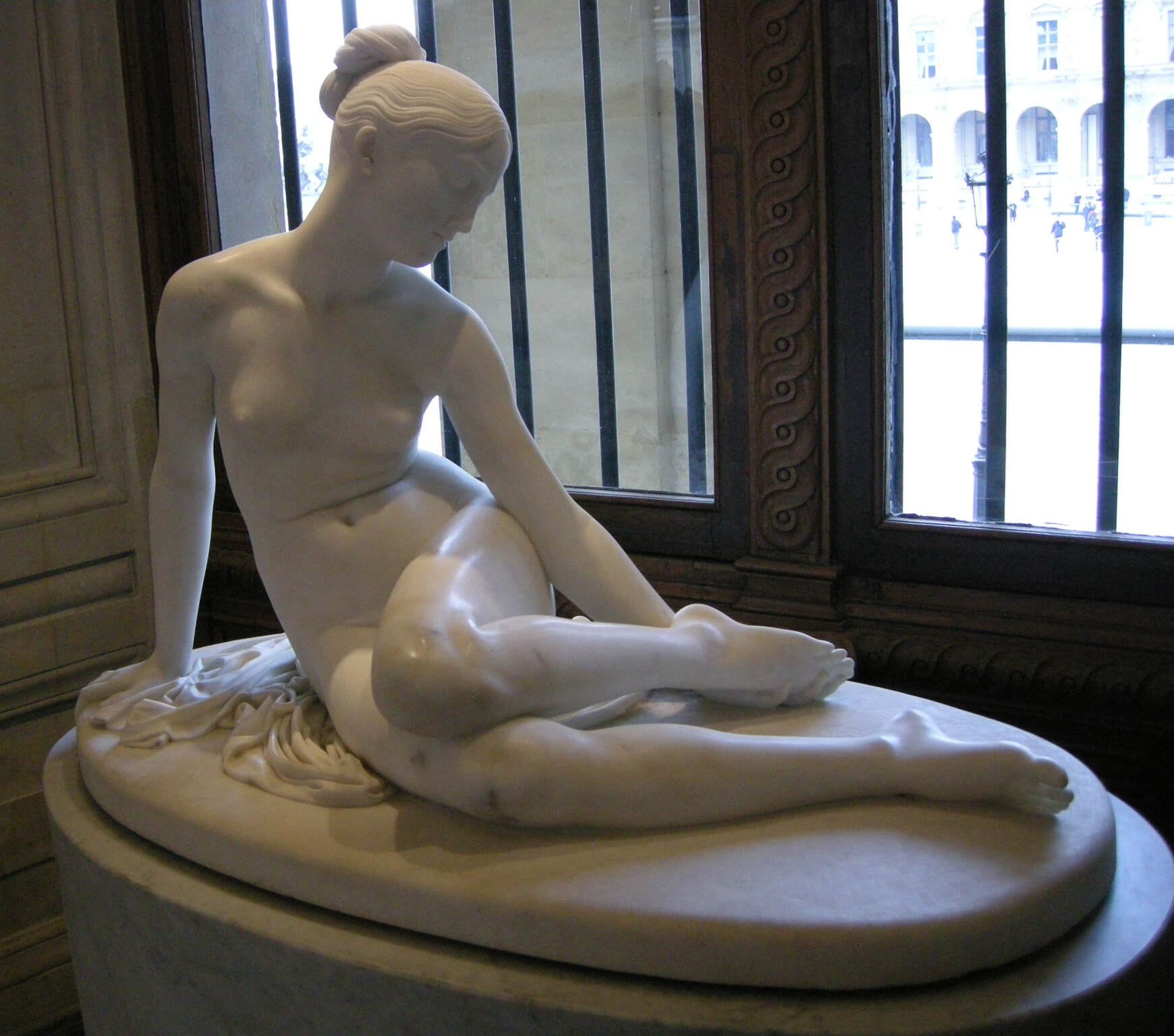Previously we discussed the concept of “Opportunity Cost”. If you choose to do one thing, you forgo many other choices. This “cost” is true whether it is money, time, or any other asset.
We talked about the opportunity cost of going on a ‘once in a lifetime’ 10 day trip to the 75th anniversary of D Day on Omaha Beach in the middle of our Valencia house deal. We talked about the opportunity cost of buying a classic car in 1984 for $10,000.
Here are the other 9 investment options, in (perceived) order of risk to capital:
- Cash
- US Treasury Note
- Bank Certificate of Deposit (CD)
- A Bond Mutual Fund (VBTLX – Total Bond Market Index Fund)
- A Stock Mutual Fund (VTSAX – Total Stock Market Index Fund)
- A REIT Mutual Fund (VGSLX – Vanguard REIT)
- Crowfunding (a real estate play)
- Gold
- Angel Investing (investing in startup companies)
Today we are talking about Bank Certificates of Deposit (CD). What is a “Bank Certificate of Deposit”?
But CDs may be a better investment vehicle than US Treasury notes. Why? CDs pay a slightly higher rate of return (interest rate) than US Treasury Notes due to the perceived risk of dealing with a private institution (bank or credit union) instead of the US government. But the US government guarantees CDs (at least up to $250,000) and would certainly backstop the financial institutions as we saw in the crisis of 2008. So, the actual risk of CDs is practically equal to US Treasury Notes. The only risk in either is if the US government collapses. And that won’t happen because:
CDs pay interest which basically makes up for the loss due to inflation. Unlike cash, they cannot be stolen or burn. You will get your capital back at the end of the period (10 years in our case to match our 10-year Monopoly Project planned timeline) and the interest due every three or six months.
TheMonopolyProject “bought” a bank CD in Feb/Mar of 2019 when they were yielding about 3.10%. The US Treasury note we ‘bought’ at that same time pays 2.82%. So far, the CD is “ahead” of the note by $463. So, you would have earned $463 more if you bought the CD versus the Treasury note.
In summary, CDs and US Treasury Notes are a good place to “park” money with virtually no risk to capital (the interest paid makes up for inflation). This was what the “Master” suggested as a minimum for wise investing in “The Parable of the Talents” from our discussion “Opportunity Cost – Cash: Sinful or Not?”
Since CDs and Treasury notes are kind of boring, I will leave you with two scorpion videos: The Hammer of Michelle and The Hammer of God:
O death, where is thy sting? O grave, where is thy victory?
By the way, this photo is “Nymph with the Scorpion” by Lorenzo Bartolini circa 1850 at the Louvre. You can read about it here, here and here. This is from our ‘Opportunity Cost – 75th Anniversary of D Day Trip’.


First photo is by me, second is from https://commons.wikimedia.org/wiki/Category:Nymph_with_a_Scorpion_(Louvre)
For the next Opportunity Cost option, we’ll look at a Bond Fund; a mutual fund that invests only in bonds. Our choice was the “Vanguard Total Bond Market Index Fund Admiral Shares (VBTLX)”.
